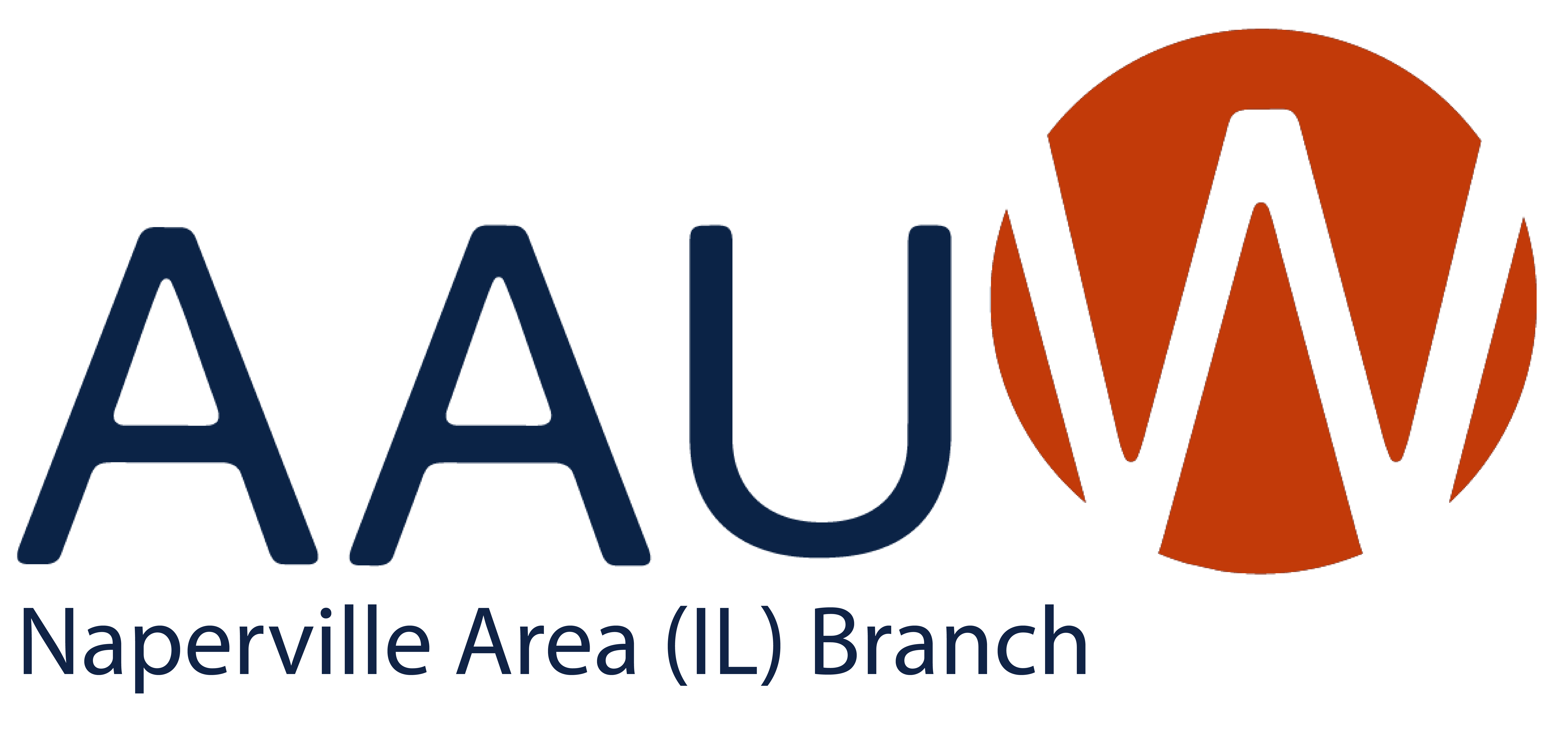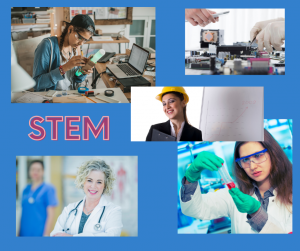Prior to the emergence of the COVID-19 pandemic, in 2019, women made up nearly 48% of the US workforce and 27% of those employed in science, technology, engineering and mathematics (STEM) careers. Women are traditionally overrepresented in health careers (74%). In the life sciences (48%) and mathematics (47%), the number of women aligns closely with the percent of women in the workforce. Only 15% of women are in engineering, a slight increase from 12% in 1990. However, in computer science the number has actually declined since 1990, from 32% to 25%.
In light of changes in our personal and work lives wrought by the pandemic, the Bureau of Labor Statistics predicts that employment growth in computer systems design and related services will likely increase more than 26% over the next decade. However, despite this growth, more than 50% of women leave private sector STEM jobs according to a research report published by the Harvard Business Review and based on a 2006 study of 43 global companies.
We are on the cusp of the 4th industrial revolution, driven by disruptive technologies such as artificial intelligence. This next phase of technology will require not just a larger workforce, but one which is diverse and inclusive to adequately represent the population that the technology serves. In response to these concerns, a group of female computer scientists at Nokia has banded together to encourage young girls and women to pursue and remain in careers in technology, using the name Women in Technology or WIT. At the recommendation of Illinois State Senator Laura Ellman, AAUW Naperville Area has been working with them.
WIT has identified several areas of weakness in the pipeline for women entering technology fields related to desire, preparedness and career success. Desire is influenced by lack of understanding about and negative perceptions of technology careers by girls and their parents as well as lack of visibility of role models in the field. Preparedness is weakened by a lack of computer science courses and mentorship in the K-12 curriculum. Career success is hampered by corporate environments which don’t support hiring and retention of women, lack of women role models, and unconscious bias. The WIT group has chosen to focus on these key factors.
Their ideas are broad and ambitious, including promoting awareness and generating excitement about careers in technology through use of social media and partnering with local organizations such as DuPage Children’s Museum and the Alive Center to reach young girls and excite them about these careers. They are considering mentoring programs for students and seeking ways to impact curriculum locally.
Currently, they are primarily focused on creation of a statewide task force to promote gender equity in technology. Their draft proposal was reviewed during a recent meeting with Senator Ellman, who shared her suggestions. Senator Ellman hopes to submit the proposal to the legislature in the fall term.
WIT members recognize the limits of their reach and have sought assistance from AAUW in moving their agenda forward. The factors they have identified closely align with the AAUW focus on education, workplace and economic equity, and leadership. The AAUW Strategic Plan 2.0 has an enhanced focus on STEM, and AAUW has recently hired new staff to focus on STEM. The time is right for this collaboration.
Rear Admiral Grace Hopper, an early, pioneering computer scientist, once said, “The most dangerous phrase in the language is ‘We’ve always done it this way.’” For an industry on the cusp of a revolution, these are wise words. It is time to move boldly to make the future of technology better by ensuring that women fully participate in its development.
I-Act Team

